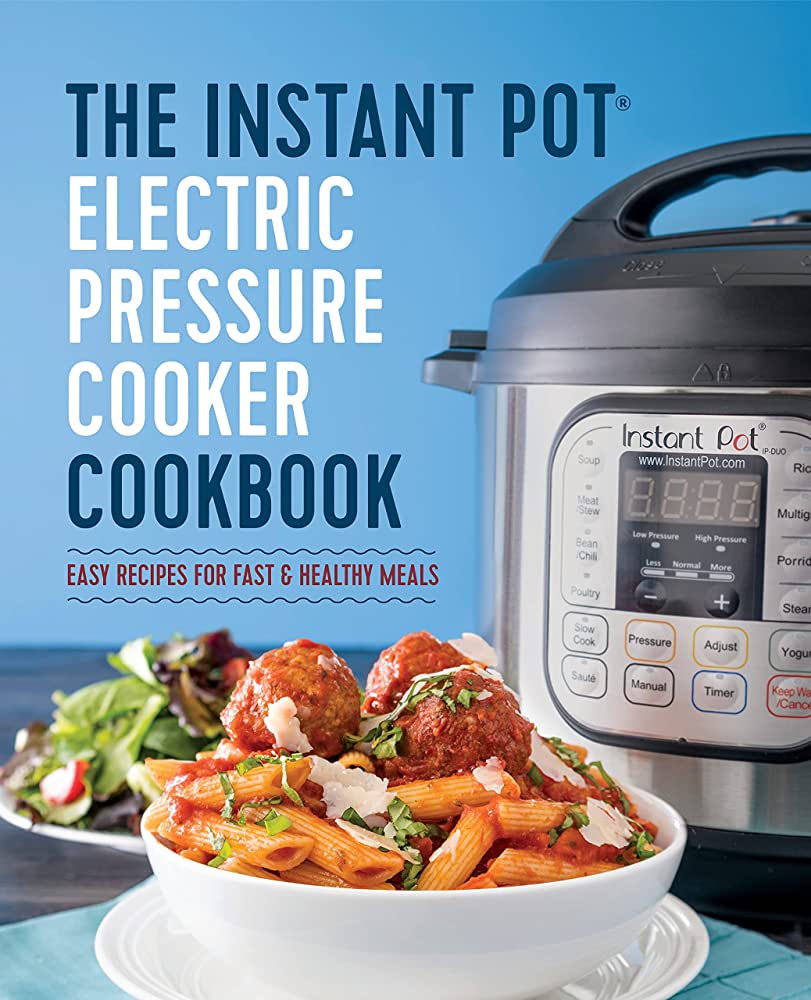Pressure cooking has become popular due to its convenience and quick cooking times without sacrificing taste or quality. To master pressure cooking, understanding how it works, choosing the right ingredients, and mastering cooking times are important. Before cooking, check seals and valves, and add the recommended amount of liquid. Releasing pressure is also important and can be done naturally or manually. Starting with simple recipes, cutting ingredients into similar-sized pieces, and not overfilling your pot are essential for success. A good cookbook or online resource for pressure cooking recipes can also be helpful.
Mastering Pressure Cooking: Preparing Delicious Meals in Record Time
Pressure cooking has been around for centuries, but it has recently become popular again due to its convenience and speed. With a pressure cooker, you can prepare meals quickly, without sacrificing taste or quality. In this article, we will explore some tips and tricks for beginners to help you master pressure cooking and create delicious meals in record time.
Understanding the Basics of Pressure Cooking
Before you start pressure cooking, it is important to understand how it works. A pressure cooker works by trapping steam inside a sealed pot, which raises the internal pressure and temperature. This allows your food to cook faster than traditional methods. Most pressure cookers have a safety valve to regulate pressure, and a pressure gauge to monitor the pressure inside the pot.
Choosing the Right Ingredients
When pressure cooking, you want to use ingredients that will hold up well under pressure. Tougher cuts of meat, beans, and grains are great options because the pressure helps to break down the fibers, making them tender and flavorful. Vegetables and delicate proteins like fish or chicken can also be pressure cooked, but you’ll want to adjust the cooking time accordingly to avoid overcooking.
Mastering Cooking Times
One of the keys to successful pressure cooking is understanding cooking times. It’s important to follow the recipe instructions for cooking times and pressure levels, as this will ensure that your food is cooked properly. As a general rule, most foods will cook in about a third of the time as traditional cooking methods. For example, a pot roast that might typically take three hours to cook in the oven can be pressure cooked in just one hour. This can save you a lot of time, but it can also be a bit of a learning curve to get used to.
Prepping Your Pressure Cooker
Before you start cooking, it’s important to make sure your pressure cooker is properly prepped. This means checking the seals, valves, and ensuring that the pot and lid are clean and free of debris. You’ll also need to add liquid, as most recipes require some sort of liquid for the pressure cooker to work properly. Typically, this will be water or broth, but you can also use wine or other liquids to add flavor to your dish.
Releasing the Pressure
When your food is finished cooking, it’s time to release the pressure. There are two methods for releasing pressure: natural release and quick release. Natural release means allowing the pressure to come down on its own, which can take anywhere from 10 to 30 minutes depending on the recipe. Quick release means manually releasing the steam from the pot using the valve. This should only be done when the recipe calls for it, as quick release can cause food to become tough or overcooked.
Experimenting with Recipes
Once you have the basics down, it’s time to start experimenting with recipes. You can use your pressure cooker to make soups, stews, chili, risotto, pasta, and even cheesecake. There are endless possibilities, and the more you use your pressure cooker, the more comfortable and confident you will become.
Tips and Tricks for Beginners
- Start with simple recipes until you get the hang of it.
- Use the recommended amount of liquid for your recipe, as too little liquid can cause your food to burn and stick to the pot.
- Don’t overfill your pressure cooker, as this can cause food to cook unevenly and can also be a safety hazard.
- Cut your ingredients into similar-sized pieces to ensure even cooking.
- Invest in a good cookbook or online resource for pressure cooking recipes.
Conclusion
Pressure cooking can be a game-changer in the kitchen, allowing you to create delicious meals in record time. By following these tips and tricks for beginners, you’ll be well on your way to mastering pressure cooking and impressing your family and friends with your culinary skills.
